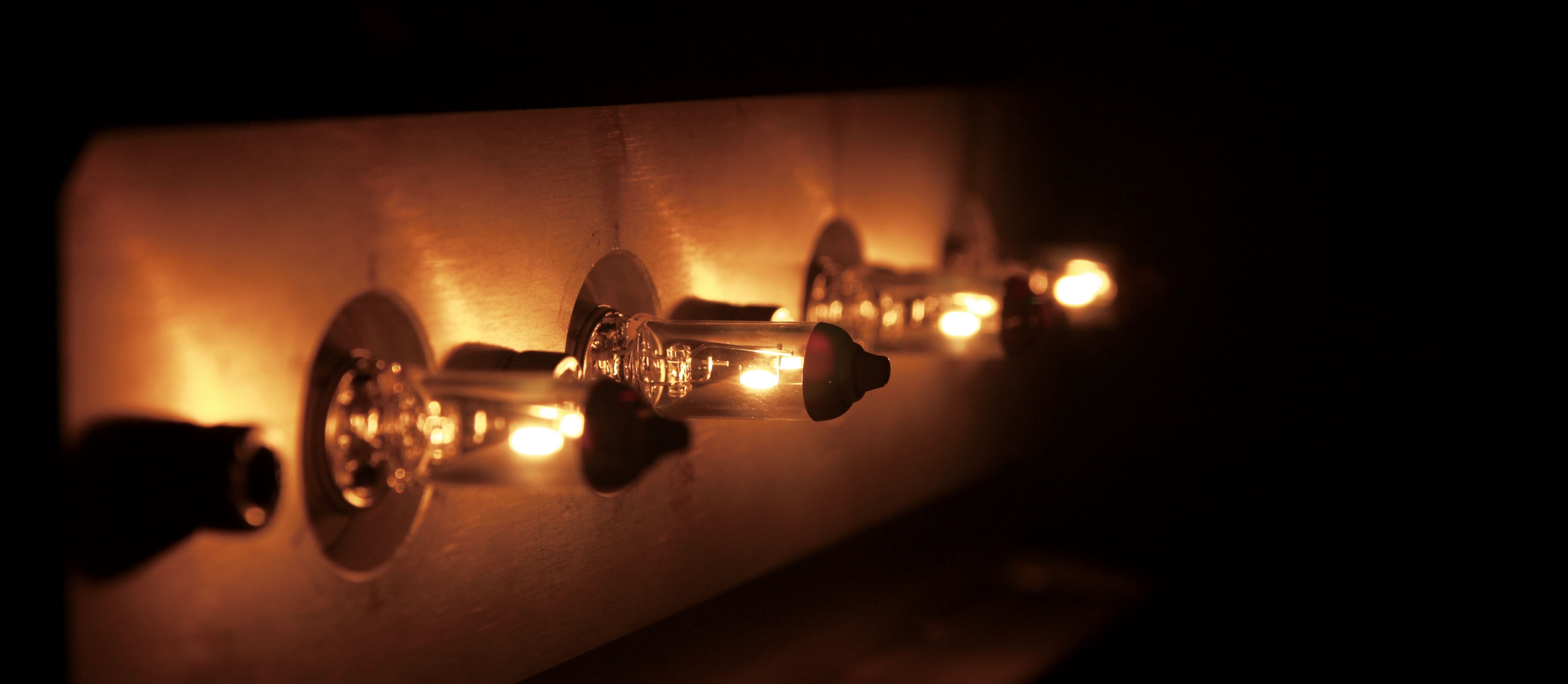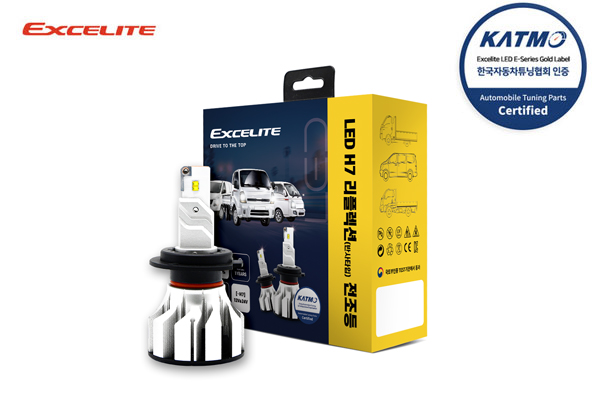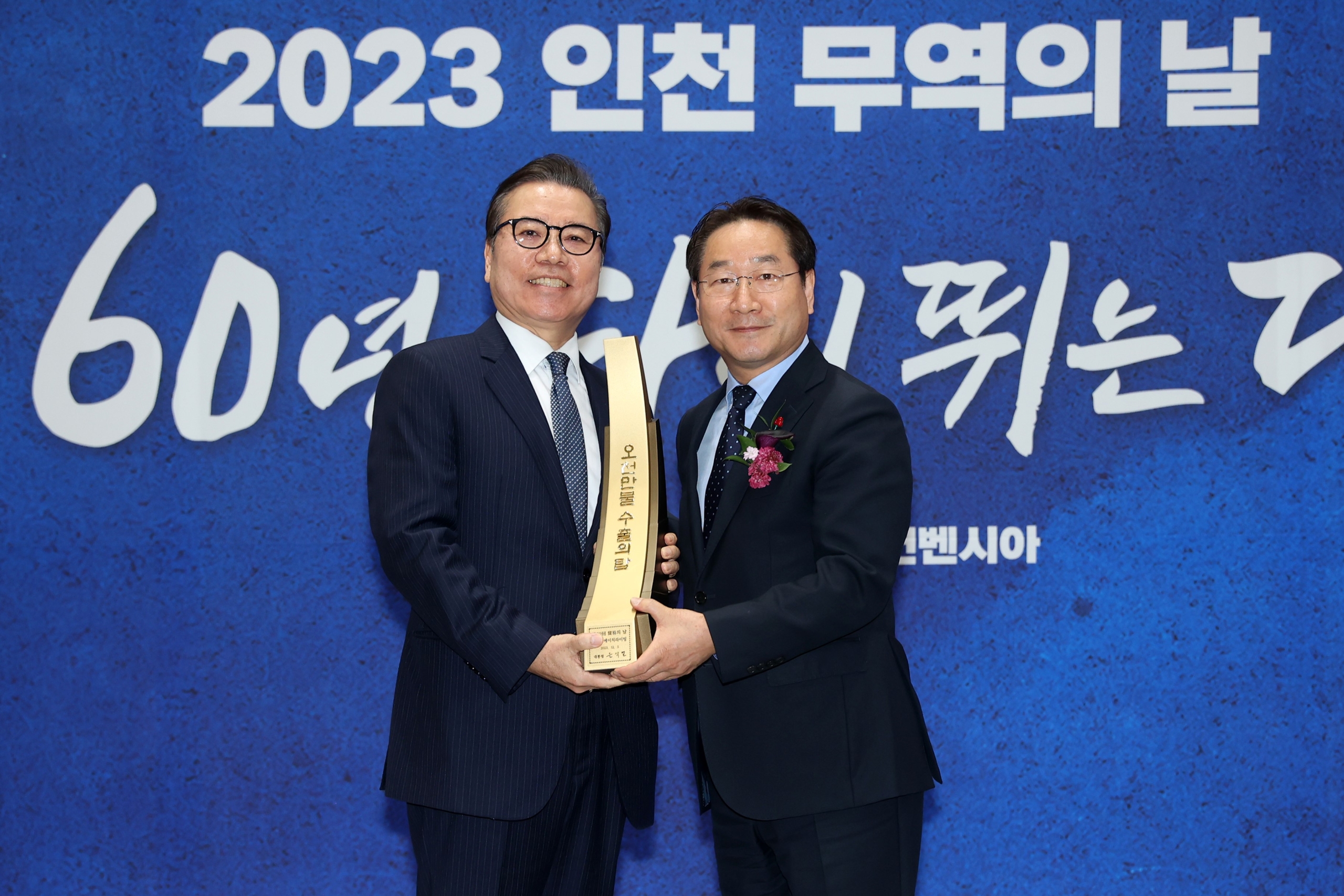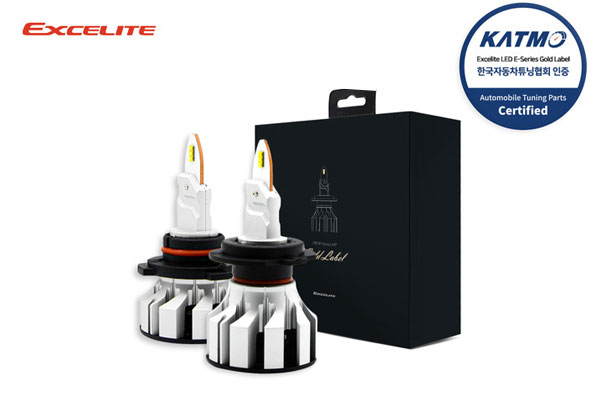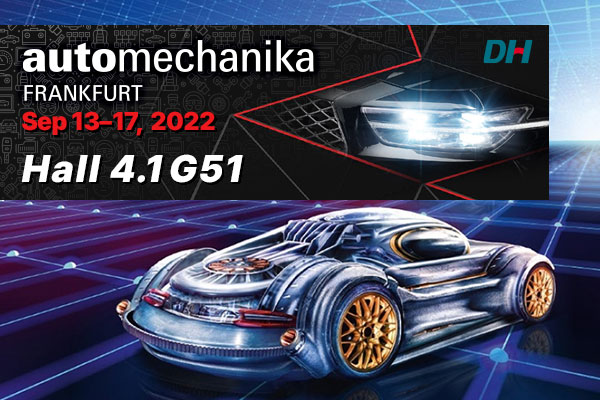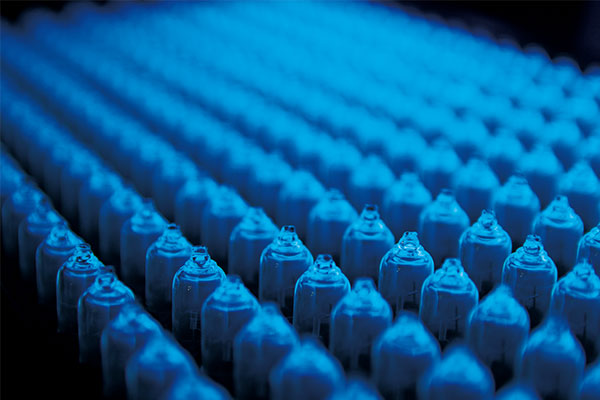2022 Year 09.22
Smart Factory: Increasing accuracy and flexibility
Smart Factory makes production flows and factors digitalized, and it effectively increases accuracy and flexibility to secure sustainability. Based on its level of ICT optimization, it classifies into four different levels, ▲Basic (Automation) ▲Medium 1 (Data collection) ▲Medium 2 (Feedback) ▲Advance (Full automation).
DH Lighting has participated Smart Factory program since 2017. Then, it continuously participated the program in 2018 and 2019, and adopted MES (Manufacturing Execution Systems) and established “Medium 2” level of Smart Factory at current. DH Lighting continued to think about how to introduce a Smart Factory other than the existing ERP operation, and started introducing the Smart Factory to gain competitiveness as a global company. Worrying about competitiveness led to the realization of the need for ‘data’. In order to gain an edge in technology and quality and to be competitive, it is necessary to work with data and utilize it.
First, in terms of technology, we tried to overcome the limit that has depended on the individual’s senses and experiences. In many factories, there are many technologies and processes that are controlled by the senses that the workers have learned for a long time, and if the person in charge changes to that extent, the product may become unstable. It was necessary to make and collect these senses and experiences into ‘data’ that anyone can use.
Second, in terms of quality, we wanted to move from follow-up management to preventive management. Data had to be collected and quantified in order to be able to act as a preventative rather than a corrective for accidents. At that time, DH Lighting had finished automating its facilities, but it was not possible to collect data, so it was necessary to build a smart factory. Currently, data collection is completed and the data is used again in the field. Using these data, it is possible to take a proactive response in a preventive way, and even when there is a problem in the process, it is possible to observe the data and respond immediately. In addition, when a problem occurs, gather in the rapid response room for about 3 to 5 minutes to check which part is the problem and how to solve it, and then respond.
By arranging figures and data at a glance through the establishment of a smart factory, ‘visual management’ became possible. Through this, the process and business operation and management of DH Lighting are being carried out efficiently. The implementation program is naturally connected to the ERP that has already been built, producing positive effects.
Compared to a few years ago, the production quantity per person per hour increased from about 135pcs to more than 200pcs, and the process defect rate also decreased from 1.8% to 1.9% to about 0.5%. Customer delivery management (compliance rate) improved from about 85% to 95%. In addition, production and sales saw improvements through the introduction of smart factories.
Another effect and performance that DH Lighting emphasizes is ‘paperless’. Previously, everything was written on a worksheet, that is, a ballpoint pen on paper, but now it has been changed to input through POP and automatic linkage. Previously, time was spent collecting data for analysis, but now it is possible to analyze through accumulated data. It is possible to analyze how the data for each line is derived from the convergence of machines and systems, and how to use them.


